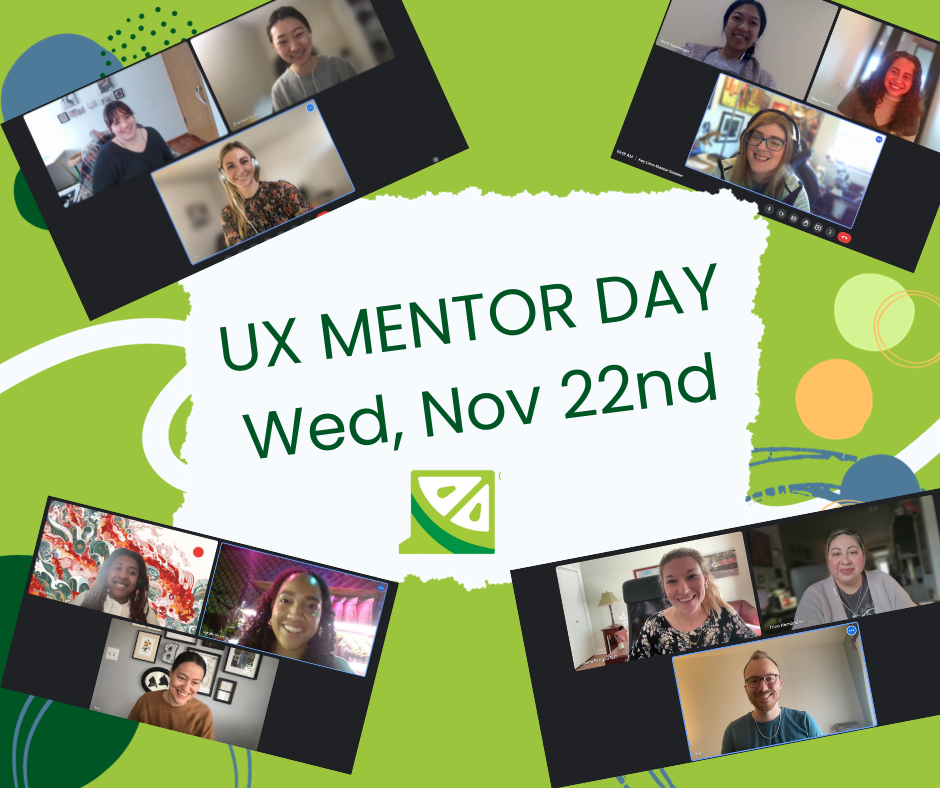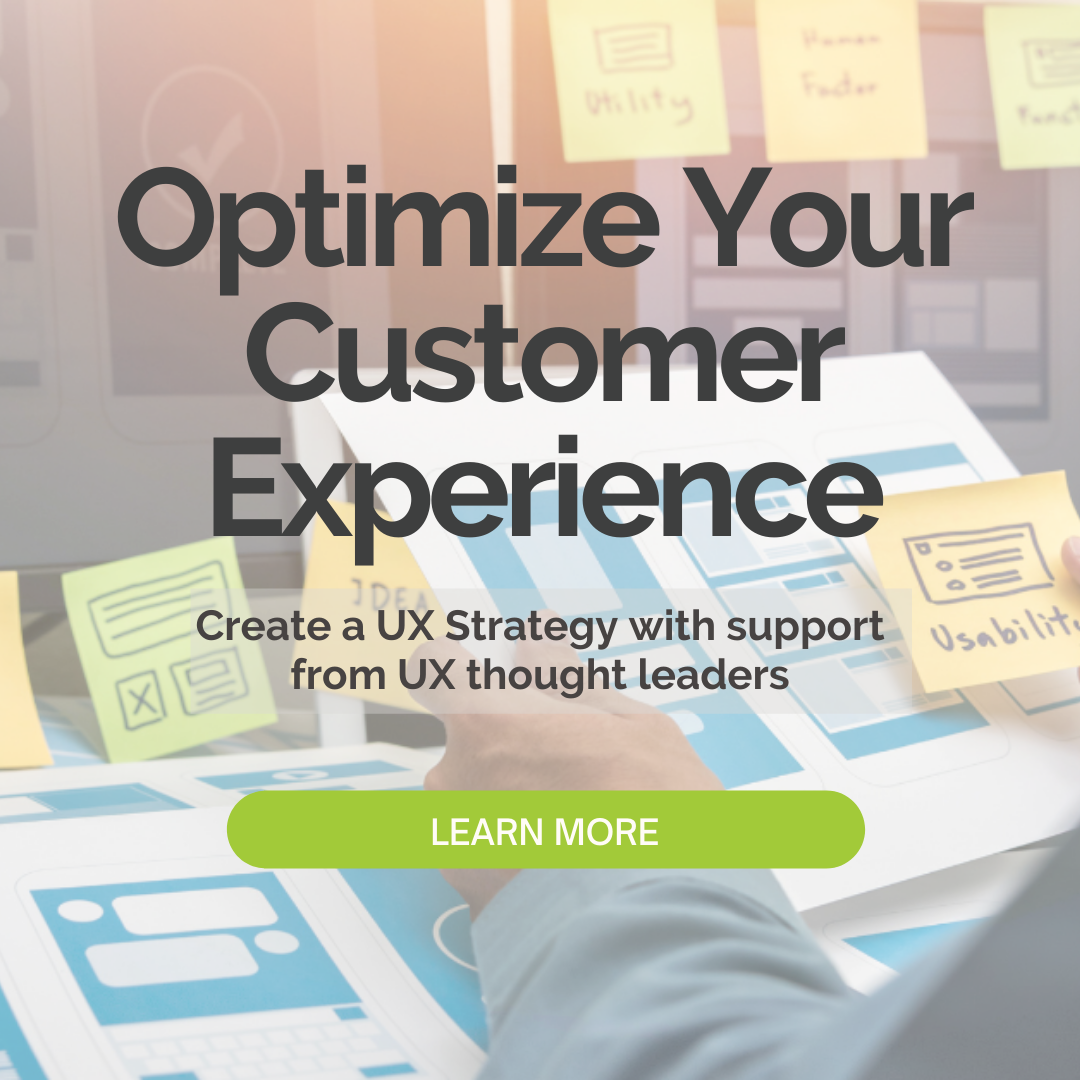
.jpg?width=707&name=co%20working%20(2).jpg)
TRADITIONAL UX ENGAGEMENTS
Historically, companies have completed UX research in one of two ways: they hired an external UX resource, often a partner agency, to serve as the UX “department”. The agency would then be responsible for completing all the UX related work. Alternatively, companies kept a fresh Rolodex of external UX resources, often organized by strengths or specialties, to be hired when project work was in demand; in this scenario, the agency would work on a project by project basis.
Determining which way to include UX testing in their product development lifecycle or service design tends to be directly related to the skills and availability of internal UX professionals. The scarcity of these resources leads to an evaluation of deadlines, cost, and the internal perspective of the overall need for the project.
On average, a more traditional UX study can take 4-6 weeks. In recent years KLI has made efforts to reduce this so that companies needn’t grapple with deadlines being a barrier to hiring out. Regardless, the close of the project often marks the end of the relationship between the two companies until another suitable need surfaces.
That’s simply how it has worked for the past 6 years since KLI opened it’s doors. But, in 2016, and from what we can tell as we look into 2017, the market is shifting dramatically. Not only have experience based research projects become more of a foundational need, but project work now collides into one another and is more long term in nature and clearly has a larger impact on the business. Companies need constant long term support in order to effectively carry out these projects.
Sound overwhelming? Have no fear, for our researchers can join your team!
WHAT IS ONSITE CONSULTING OR VIRTUAL UX CONSULTING?
UX consulting is an approach for fulfilling experience research needs that skip the hiring process by using outside resources, such as hiring an external UX resource. Companies often seek full-time employees to fill structural or primary research roles; then for specific roles that are added or removed with the expansion or contraction of research need at various stages of product development they look to other companies to supply qualified, skilled and flexible supplemental staff. This process is called onsite consulting and it helps the company with their ability to carry out UX testing; they can kick off projects quickly and scale as needed.
KLI’s UX RESEARCH APPROACH
Since customized experience research is at our core foundation, Key Lime Interactive houses a multi-disciplinary team of researchers with skills and experience in all facets of research from design to execution, to analysis, and long-term strategy.
Key Limers who are assigned full-time contracts with our clients are still part of the KLI team which means they still share and contribute ideas in roundtable meetings to crowdsource suggestions for research approach, solving challenges and more. They’re also continuously managed by senior support staff and have access to KLI’s broad set of tools. This benefits our clients in that they aren’t just hiring a single individual to fulfill a specific need, they’re hiring an individual supported by an entire team.
Project work under this model has various arrangements. Some scenarios require in-person collaboration, while on other occasions researchers work remotely, or in a desired third party city altogether. Often it’s a hybrid but always we consider the needs of the project, the culture and the makeup of the collaborative client-side team. Onsite consulting work is often longer than 3 months because it’s most impactful once an individual is fully “in” with the client, but we’ve undertaken 3, 6, 12 and 18 month contracts when necessary to complete the project at hand.
“KLI is different from other vendors I’ve used in the past… Maybe they were traditional staffing companies and the gap was in expertise?” States a 2015-2016 onsite consulitng client, “They sent in high-quality team members and support staff and they knew their stuff. I didn’t spend much time getting them introduced to my product and development timeline, I didn’t have to as they had enough expertise to just jump right in.”
Our clients trust, and need to be able to trust, that the people we supply to them already have the skills and experience necessary to successfully execute any project. It’s often reported that the projects that we engage in grow in ways it wouldn’t have without our team members involvement.
“When we started this model, we saw that the staff that we supplied our clients with brought methods and expertise that our clients were not previously exposed to. Soon, as team members were integrated more deeply into the client’s team, they started to better understand the culture of the company and could make a dramatic impact and more informed suggestions.” Reports Eugene Santiago, VP of Research at Key Lime Interactive. “We find that the client benefits most from our support model: in addition to having complete access to one of our expert researchers, we add time from our more senior researchers to provide strategic oversight.”
KLI’s UX RESEARCH MODEL
We have found that our model of onsite consulting helps us build stronger relationships with our clients in where we truly understand the company goals outside of the “one-and-done” project model. As time goes on and we complete a string of projects, we start to improve our reports and gain valuable experience and insights. This collaboration allows us to have insight into the future, granting us the opportunity to dream alongside internal teams as to where products can go. Onsite consulting has improved the quality of our overall quality of work as well. “Experience research is in constant evolution and always will be. As products change, the methods by which you can effectively test, predict and design them change” comments Santiago. As a company, we aim to continually enhance the user experience of products and services for our clients. Correspondingly, staff augmentation is an increasingly popular and useful tool to help us to accomplish this. Our researchers can join your team and help your company stay ahead of the curve.
READ MORE: Choosing the Right Survey Tool for Quantitative UX Research, 5 Steps to Recruit & Onboard Participants for Remote Usability Studies, KLI's Design Philosophy, 5 Commonly Used Metrics in User Research, Planning A Better Usability Study











Comments
Add Comment